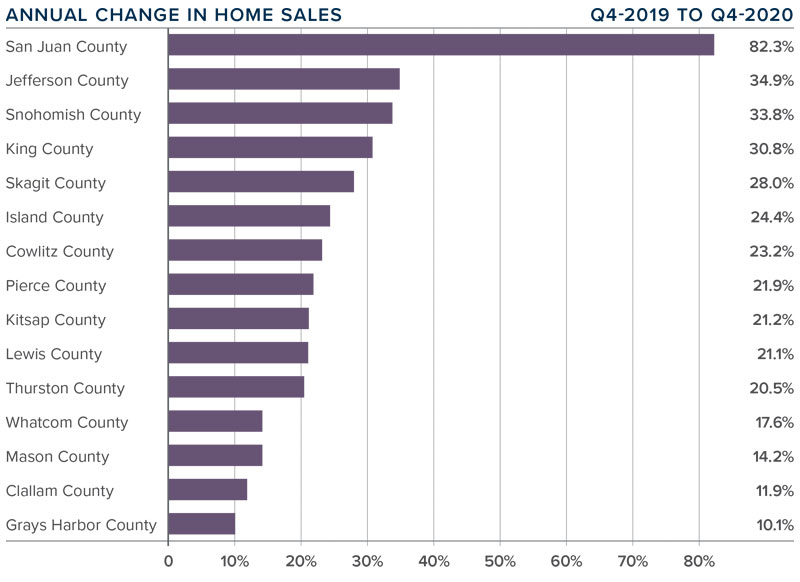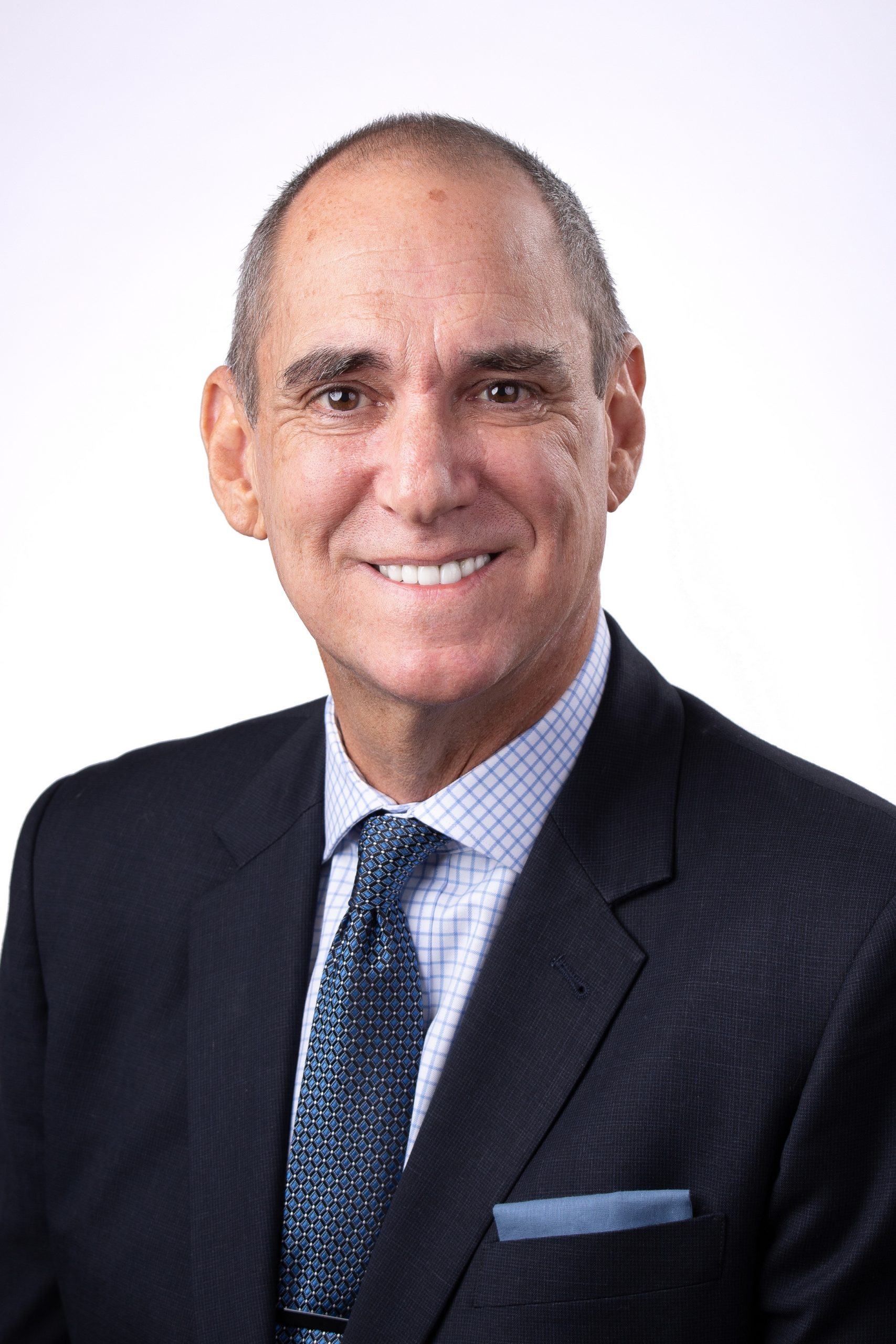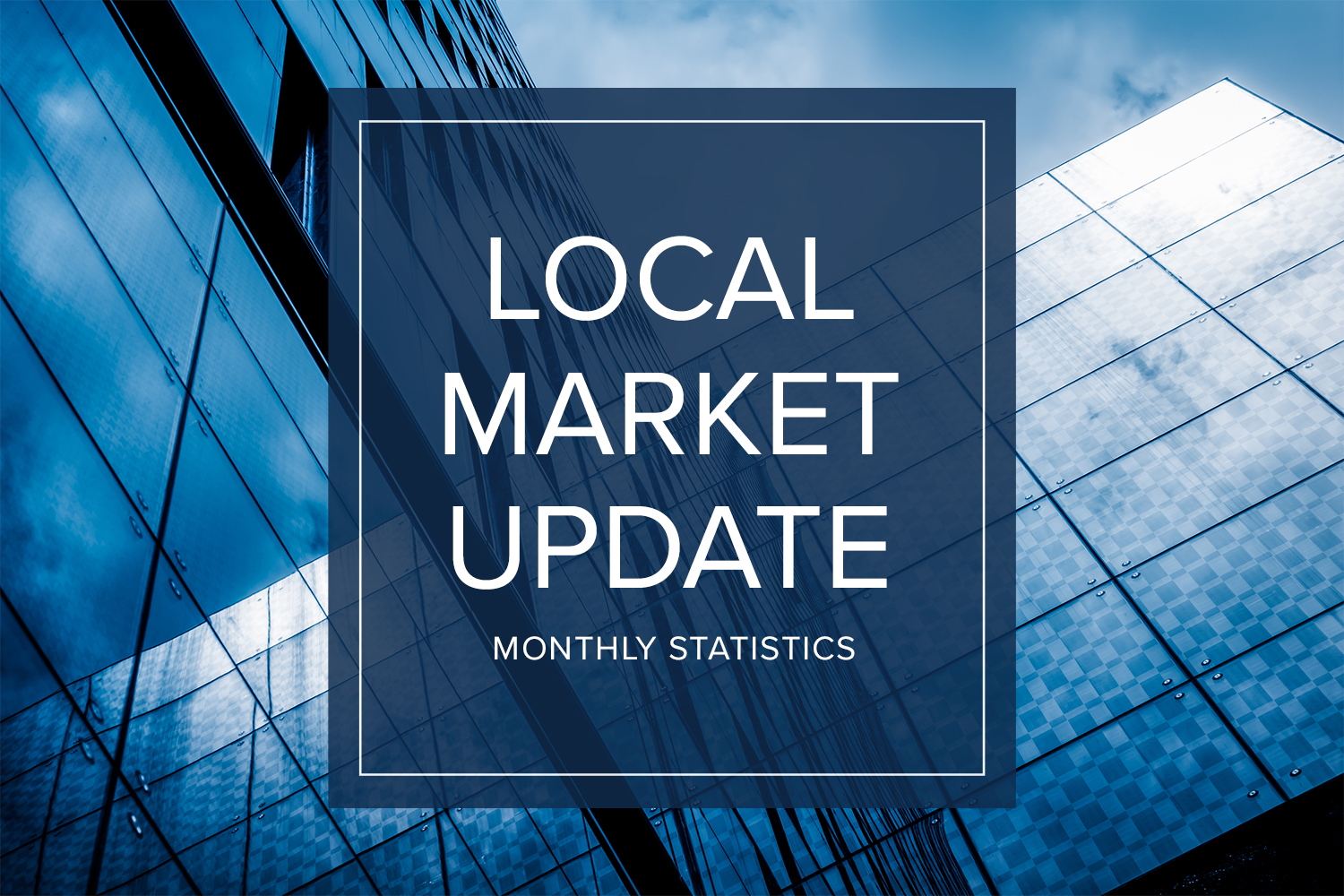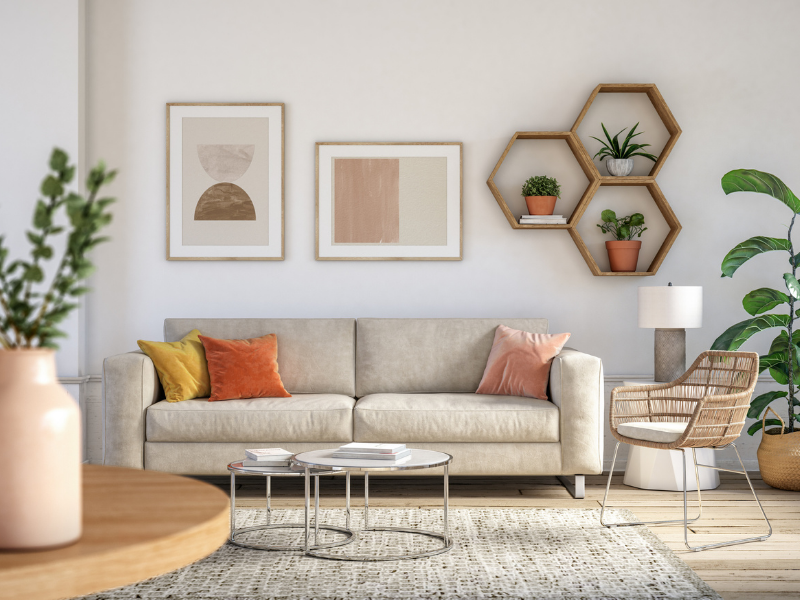Selling a home is a complex process that requires patience, knowledge of the market, and a deep understanding of the financial processes. And that’s just the beginning. Accordingly, many homeowners trust in a professional to sell their home by working with a real estate agent. Despite the expertise an agent brings to the table, some homeowners choose to go it alone, bearing the responsibility of a successful home sale on their own shoulders. If you’re thinking about selling “For Sale by Owner”, or FSBO, know that there are certain risks and obstacles that can easily cause your home selling journey to veer off course.
The Risks of FSBO
Real estate agents are professionals who possess a vast knowledge of both the industry at large and local market conditions acquired through years of training, certifications, and working with clients. For FSBO sellers, the complexities of the home selling process can easily illuminate a lack of experience and leave them feeling unsure of how to continue, or worse, situations may arise where proceeding incorrectly could jeopardize the transaction. This lack of expertise could lead to incorrectly pricing your home, which will attract the wrong buyers. An accurately priced home requires market knowledge and an objective approach to the home’s value, which can be tough for homeowners. The more time an overpriced home spends on the market, the more likely the price will have to be lowered. A home with a lowered price that has been on the market for some time is less appealing to buyers than an accurately priced new listing. An underpriced home could leave significant money on the table for the seller.
A common motivating factor for wanting to sell FSBO is that, in the case of a successful sale, the seller avoids paying commission to an agent. However, what that commission ultimately pays for is a vast skill set that is specifically trained to get you the most money for your home. Agents not only have access to all kinds of information on local market conditions, trends in the real estate market, and data on comparable homes in your area, they are also connected to a network of potential buyers and have the marketing know-how for appealing to them and any others in your market. To attempt to approach this same level of visibility while selling FSBO means incurring additional expenses like ad placement, signage, hiring a photographer, and more.
Selling a home takes up a great deal of time. FSBO sellers can expect to stage the home, host showings and tours, answer phone calls from buyers, interview home inspectors, and coordinate open houses, all while gathering data on the local market—and that’s all before any negotiations or paperwork. When an offer comes through, FSBO sellers must dive into the extensive documentation required for the mortgage, title transfer, and any other legalese involved in the transaction. It’s like having another job that you may simply not have time for, whereas a real estate agent’s job is to dedicate their time, energy, and experience to the successful sale of your home.
All these factors make selling FSBO a risky proposition. Mistakes in the selling process can lead to both financial and legal implications, but part of a real estate agent’s expertise is knowing how and when these dangers can arise and navigating them properly. If you’re looking to sell your home, we’re happy to connect you with an agent here: Connect With an Agent
 Facebook
Facebook
 X
X
 Pinterest
Pinterest
 Copy Link
Copy Link





 This winter’s real estate market is looking more like a typical spring market. Sales were up, competition was fierce and prices continued to rise. Lack of inventory still presents a huge issue. At the end of January there were only 1,055 single-family homes on the market in all of King County, 33% fewer than a year ago. If that wasn’t tight enough, Snohomish County had only 298 single-family homes for sale, 63% fewer than a year ago. Condos remain a bright spot for buyers frustrated by the frenzied market. January saw a nearly 50% increase in the number of condos for sale in King County. However, the increase in inventory didn’t translate into a drop in price. The median condo price was flat for the county, up 10% in Seattle and up 7% on the Eastside. Those looking for a relative bargain should consider Southwest and Southeast King County where the median condo prices were $254,275 and $269,900 respectively. The large imbalance between supply and demand sent prices higher. Home prices here are climbing at the
This winter’s real estate market is looking more like a typical spring market. Sales were up, competition was fierce and prices continued to rise. Lack of inventory still presents a huge issue. At the end of January there were only 1,055 single-family homes on the market in all of King County, 33% fewer than a year ago. If that wasn’t tight enough, Snohomish County had only 298 single-family homes for sale, 63% fewer than a year ago. Condos remain a bright spot for buyers frustrated by the frenzied market. January saw a nearly 50% increase in the number of condos for sale in King County. However, the increase in inventory didn’t translate into a drop in price. The median condo price was flat for the county, up 10% in Seattle and up 7% on the Eastside. Those looking for a relative bargain should consider Southwest and Southeast King County where the median condo prices were $254,275 and $269,900 respectively. The large imbalance between supply and demand sent prices higher. Home prices here are climbing at the 

















